Home>Furniture & Design>Outdoor Furniture>How To Build An Outdoor Gas Fireplace
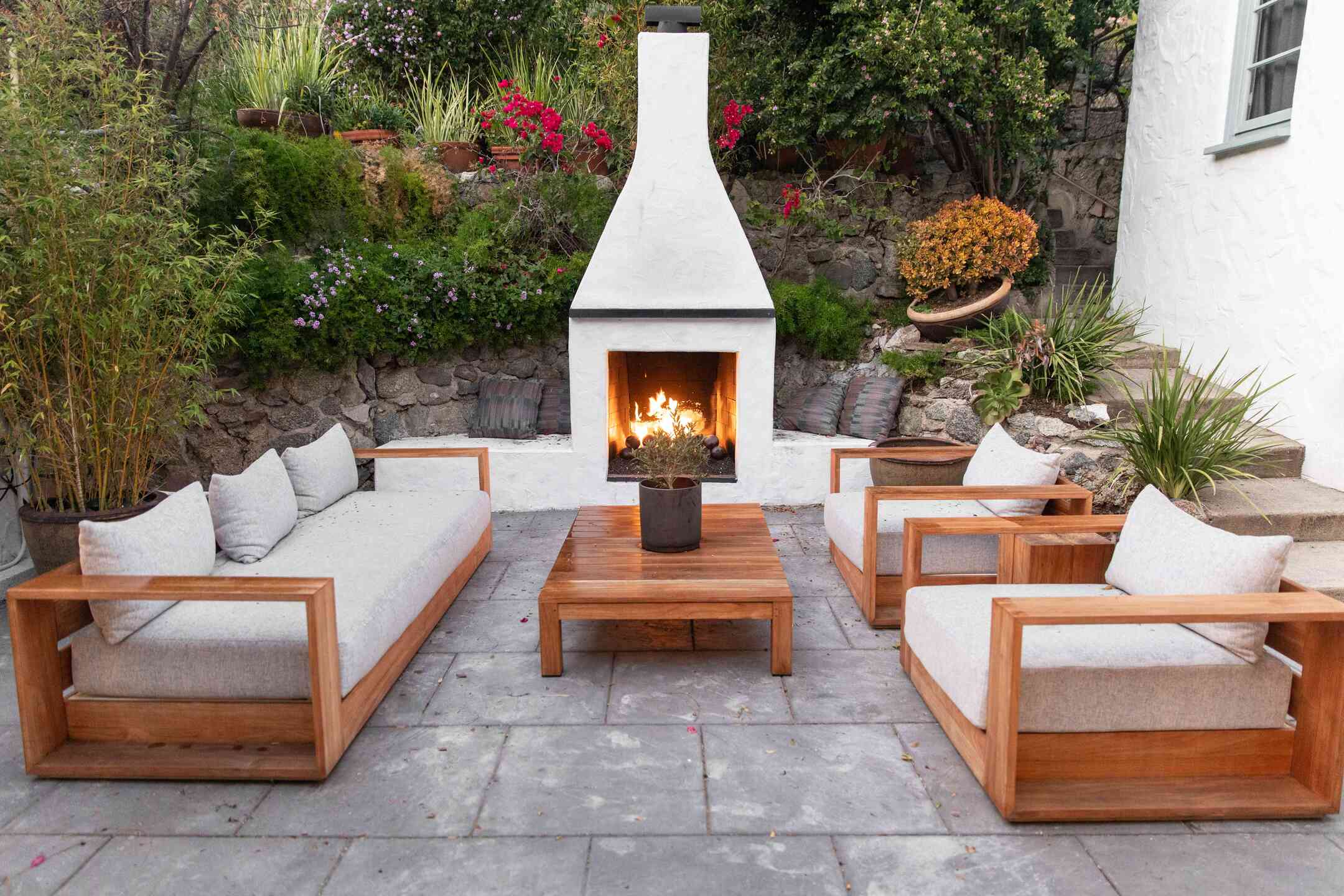

Outdoor Furniture
How To Build An Outdoor Gas Fireplace
Modified: October 27, 2024
Discover how to build an outdoor gas fireplace for your outdoor furniture and design. Get expert tips and ideas for creating the perfect outdoor space.
(Many of the links in this article redirect to a specific reviewed product. Your purchase of these products through affiliate links helps to generate commission for Storables.com, at no extra cost. Learn more)
Introduction
When it comes to creating a cozy and inviting outdoor space, an outdoor gas fireplace can be a game-changer. Imagine the crackling sound of the flames, the warmth of the fire, and the enchanting ambiance that it brings to your backyard. Whether you're looking to enhance your outdoor living area or seeking a focal point for gatherings, a well-designed gas fireplace can elevate your outdoor experience to a whole new level.
In this comprehensive guide, we will walk you through the step-by-step process of building your own outdoor gas fireplace. From initial planning and design to the finishing touches, we'll cover everything you need to know to bring this captivating addition to life in your outdoor space. Not only will you learn about the practical aspects of construction, but you'll also gain insights into the aesthetic considerations that can make your outdoor gas fireplace a true masterpiece.
So, whether you're a seasoned DIY enthusiast or a homeowner eager to embark on a new project, join us as we delve into the world of outdoor gas fireplaces. Get ready to ignite your creativity and transform your outdoor living area into a welcoming haven where memories are made and warmth abounds.
Key Takeaways:
- Planning and Design
Careful planning and design are essential for building an outdoor gas fireplace. Consider the location, size, and materials to create a safe, functional, and visually appealing addition to your outdoor space. - Safety and Maintenance
Regular inspections, gas leak detection, and seasonal maintenance are crucial for ensuring the safety and longevity of your outdoor gas fireplace. Follow safety practices and seek professional servicing to preserve its beauty and functionality.
Read more: How To Light An Outdoor Gas Fireplace
Planning and Designing Your Outdoor Gas Fireplace
Before you roll up your sleeves and dive into the construction process, it’s crucial to start with a well-thought-out plan. Consider the overall design and layout of your outdoor space, as well as the specific features you want your gas fireplace to have. Will it be a standalone structure, or do you envision it as part of a larger outdoor living area? Take the time to sketch out your ideas and gather inspiration from various sources such as home design magazines, online platforms, and outdoor furniture stores.
When designing your outdoor gas fireplace, think about how it will complement the existing aesthetic of your outdoor area. Consider the materials, colors, and architectural style that will harmonize with your home’s exterior and landscaping. Additionally, factor in the practical aspects, such as seating arrangements and the proximity of the fireplace to dining or lounging areas.
Another essential aspect of the planning phase is determining the size and scale of your fireplace. Will it be a grand focal point or a more intimate gathering spot? Take measurements of the proposed location to ensure that the dimensions align with your vision. This is also the time to consider any additional features, such as built-in seating, storage compartments, or decorative elements that will enhance the functionality and visual appeal of your outdoor gas fireplace.
As you finalize your design, keep in mind the local building codes and regulations regarding outdoor fire features. It’s essential to adhere to these guidelines to ensure the safety and compliance of your project. If needed, consult with a professional contractor or architect to ensure that your design meets all necessary requirements.
By investing time and effort into the planning and design phase, you’ll set the stage for a successful and visually stunning outdoor gas fireplace. This initial step lays the foundation for the rest of the construction process, guiding your choices and ensuring that the end result aligns with your vision for the perfect outdoor retreat.
Choosing the Right Location
One of the most critical decisions in building an outdoor gas fireplace is selecting the perfect location. The placement of your fireplace will not only affect its visual impact but also its functionality and safety. Consider the following factors as you evaluate potential locations:
1. Aesthetics and Ambiance
Choose a spot that enhances the overall aesthetic of your outdoor space. Whether it’s nestled in a cozy corner or positioned as a centerpiece, the location should contribute to the ambiance you want to create. Take into account the sightlines from different vantage points to ensure that the fireplace becomes a captivating focal point.
2. Safety and Clearance
Ensure that the chosen location complies with safety regulations and provides adequate clearance from any combustible materials. Keep in mind the distance from your home, trees, shrubs, and other structures to minimize fire hazards. Additionally, consider wind patterns and prevailing breezes that may affect the direction of the flames and smoke.
Read more: How To Build An Outdoor Fireplace On A Patio
3. Accessibility and Convenience
Think about how the location will impact the accessibility and convenience of using the fireplace. Is it easily reachable from your outdoor seating or dining area? Will it provide a comfortable and inviting space for gathering around the fire? Keep practical considerations in mind while aiming for a location that encourages social interaction and relaxation.
4. Integration with Landscape
Integrate the fireplace into the natural landscape, taking advantage of existing features and views. Consider how the location will interact with the surrounding elements, such as gardens, pathways, and water features. By harmonizing the fireplace with the landscape, you can create a seamless and inviting outdoor environment.
5. Future Expansion
Anticipate any future expansions or modifications to your outdoor space. The chosen location should allow for potential additions, such as outdoor kitchen components, seating areas, or landscaping upgrades. Thinking ahead can help you create a cohesive and versatile outdoor living area that evolves with your needs and preferences.
By carefully evaluating these considerations, you can identify the optimal location for your outdoor gas fireplace. This thoughtful approach will ensure that your fireplace becomes an integral and harmonious part of your outdoor living space, providing warmth, beauty, and enduring memories for years to come.
Gathering Materials and Tools
With your design and location in place, it’s time to gather the necessary materials and tools for constructing your outdoor gas fireplace. Here’s a comprehensive list to help you get started:
Read more: How Do You Build An Outdoor Fireplace
Materials
- Fire-rated bricks or stone veneer for the fireplace structure
- Fireproof mortar for securing the bricks or stone
- Firebox kit or pre-made fire pit insert
- Fireproof firebrick for the firebox interior
- Steel lintel for supporting the firebox opening
- Refractory panels for the firebox walls
- Concrete mix for the foundation and base
- Steel or metal studs for framing (if applicable)
- Non-combustible backer board for enclosing the structure
- Gas burner system and ignition kit
- Flexible gas line and fittings
- Decorative stone or tile for finishing touches
- Weatherproof sealant or finishing product
Tools
- Masonry trowel for laying bricks and mortar
- Level and square for ensuring precise alignment
- Concrete mixer or mixing tools
- Circular saw or masonry saw for cutting materials
- Drill with masonry and metal bits
- Welding equipment for metal fabrication (if applicable)
- Gas line tools for connecting and testing the gas system
- Protective gear including gloves, goggles, and dust masks
- Measuring tape and marking tools
- Work gloves and sturdy footwear for construction work
Before purchasing materials, review your design plans and take accurate measurements of the designated construction area. This will help you determine the exact quantities of each material needed, minimizing waste and ensuring a smooth building process.
Additionally, consider the specific requirements for gas fireplace construction in your area and consult with local building authorities if necessary. Adhering to safety standards and regulations is paramount when working with gas-fueled appliances.
By gathering the right materials and tools, you’ll be well-prepared to embark on the construction phase of your outdoor gas fireplace project. With careful planning and attention to detail, you can transform these raw materials into a stunning and functional addition to your outdoor living space.
Building the Foundation
The foundation serves as the stable base for your outdoor gas fireplace, providing essential support and ensuring its longevity. Here’s a step-by-step guide to constructing a solid foundation for your project:
1. Site Preparation
Begin by clearing the designated area of any debris, vegetation, or obstacles. Use a shovel and a rake to level the ground, ensuring a uniform surface for the foundation. If your design calls for a concrete base, excavate the area to the specified depth, allowing for the thickness of the concrete slab.
2. Formwork and Reinforcement
Construct formwork using wooden boards to outline the dimensions of the foundation. If rebar reinforcement is required per your design, place the rebar grid within the formwork, ensuring it sits at the proper elevation within the concrete slab.
3. Concrete Mixing and Pouring
Prepare the concrete mix according to the manufacturer’s instructions, ensuring the right proportions of cement, aggregate, and water. Use a concrete mixer or mixing tools to achieve a consistent and workable concrete mixture. Pour the concrete into the formwork, distributing it evenly and smoothing the surface with a trowel.
4. Curing and Drying
Allow the concrete foundation to cure and dry according to the recommended timeline provided by the concrete manufacturer. This process is crucial for achieving the desired strength and stability of the foundation. Protect the curing concrete from excessive moisture loss and temperature fluctuations during this period.
5. Inspection and Finishing
Once the concrete has cured, inspect the foundation for any imperfections or irregularities. Address any minor surface imperfections with a concrete finishing tool, ensuring a smooth and level base for the fireplace structure. If desired, apply a concrete sealant or finishing product to enhance the durability and appearance of the foundation.
By meticulously constructing a sturdy foundation, you’ll create a reliable support system for your outdoor gas fireplace, ensuring its structural integrity and long-term performance. With the foundation in place, you’re ready to move on to the next phase of building the fireplace structure and bringing your vision to life.
Assembling the Fireplace Structure
With the foundation set, it’s time to focus on assembling the framework and enclosure for your outdoor gas fireplace. Whether you’re building a traditional masonry structure or utilizing pre-made components, the following steps will guide you through the assembly process:
1. Layout and Alignment
Begin by laying out the first course of fire-rated bricks or positioning the pre-made fire pit insert on the cured foundation. Use a level and square to ensure precise alignment and straight edges, maintaining the intended dimensions and angles of the fireplace structure.
2. Building the Firebox
If constructing a masonry firebox, carefully lay fireproof firebricks using fireproof mortar, following the dimensions specified in your design plans. Pay close attention to the integrity of the firebox walls and the proper installation of refractory panels, ensuring a secure and heat-resistant enclosure for the fire. For pre-made fire pit inserts, follow the manufacturer’s instructions for assembly and placement within the structure.
3. Framing and Enclosure
If your design includes a decorative enclosure or mantel, use steel or metal studs to frame the structure. Enclose the framing with non-combustible backer board, providing a stable surface for finishing materials such as stone veneer or decorative tile. Ensure that the framing and enclosure components are securely attached to the firebox and foundation, creating a unified and durable fireplace structure.
4. Customization and Design Elements
Add personalized touches to the fireplace structure by incorporating decorative elements such as arches, niches, or built-in seating areas. Consider the integration of accent materials and textures that complement the overall aesthetic of your outdoor space. This is an opportunity to infuse your unique style and creativity into the design, making the fireplace a captivating focal point.
5. Quality Assurance and Adjustments
Inspect the assembled fireplace structure for structural integrity, alignment, and adherence to the design specifications. Make any necessary adjustments to ensure that the components are securely in place and that the overall structure meets your expectations. This attention to detail will lay the groundwork for the successful installation of the gas components and finishing touches.
By methodically assembling the fireplace structure, you’ll bring your design to life, creating a visually striking and functional centerpiece for your outdoor living area. The next steps will focus on integrating the gas lines, ignition system, and adding the finishing touches that will transform the structure into a fully operational outdoor gas fireplace.
Installing Gas Lines and Ignition System
Integrating the gas lines and ignition system is a crucial phase in bringing your outdoor gas fireplace to life. This step requires precision, attention to safety guidelines, and compliance with local building codes. Here’s a comprehensive guide to installing the gas lines and ignition system:
1. Gas Line Preparation
Begin by determining the optimal route for the gas line from the fuel source to the fireplace. Use flexible gas lines and appropriate fittings to accommodate the required length and configuration. Ensure that the gas line is positioned to avoid potential damage or interference with other elements in your outdoor space.
2. Connection to Fuel Source
If connecting to an existing natural gas line, consult a licensed professional to ensure a safe and compliant connection. For propane-fueled fireplaces, secure the propane tank in a designated and ventilated area, adhering to the regulations for propane storage and usage. Follow the manufacturer’s instructions for connecting the gas line to the fuel source, ensuring a secure and leak-free connection.
Read more: What Is A Gas Fireplace
3. Installation of Gas Burner System
Position the gas burner system within the firebox or fire pit insert, following the manufacturer’s guidelines for proper placement and alignment. Secure the burner in place, ensuring that it is level and centered within the firebox to achieve an even and consistent flame distribution. Connect the gas line to the burner system, verifying the tightness of the fittings and conducting a leak test to ensure the integrity of the connections.
4. Ignition System Integration
Select and install an ignition system that aligns with your preferences and the design of your gas fireplace. Options include manual ignition systems, electronic ignition systems, or remote-controlled ignition systems. Follow the manufacturer’s instructions for wiring and integrating the ignition system, ensuring that it is securely mounted and accessible for operation.
5. Safety Measures and Testing
Prioritize safety by conducting a thorough inspection of the gas lines, connections, and ignition system. Test the gas flow and ignition functionality, checking for any irregularities or malfunctions. Verify that all components are operating as intended and that the flame can be ignited and extinguished safely. If in doubt, consult a qualified professional to conduct a final assessment and ensure compliance with safety standards.
By meticulously installing the gas lines and ignition system, you’ll pave the way for a reliable and efficient outdoor gas fireplace. This critical phase sets the stage for the final touches and the activation of your stunning new outdoor feature.
Adding Finishing Touches
As your outdoor gas fireplace nears completion, it’s time to add the finishing touches that will elevate its visual appeal and ensure its seamless integration into your outdoor living space. Consider the following steps to enhance the aesthetic and functionality of your fireplace:
Read more: How To Update Gas Fireplace
1. Decorative Elements
Incorporate decorative stone veneer, ceramic tile, or other finishing materials to embellish the exterior of the fireplace structure. Choose textures and colors that complement the surrounding landscape and architectural elements. Pay attention to detail, ensuring that the finishing materials seamlessly integrate with the overall design aesthetic.
2. Mantel and Hearth Design
If your design includes a mantel or hearth, customize these features to reflect your personal style and preferences. Consider the use of natural wood, stone, or other materials that align with the ambiance you want to create. The mantel and hearth provide opportunities for displaying decorative items and adding a touch of warmth to the fireplace’s surroundings.
3. Seating and Gathering Areas
Arrange outdoor seating and gathering areas around the fireplace, creating inviting spaces for relaxation and socializing. Incorporate comfortable outdoor furniture, such as lounge chairs, benches, or built-in seating, to encourage cozy gatherings and memorable moments around the fire. Pay attention to the flow of the space, ensuring that the seating areas complement the fireplace’s focal point.
4. Lighting and Ambiance
Enhance the ambiance around the fireplace with strategically placed outdoor lighting. Consider soft, ambient lighting to create a welcoming atmosphere during evening gatherings. Incorporate landscape lighting to highlight nearby features and pathways, adding depth and visual interest to the outdoor space.
Read more: How To Maintain A Gas Fireplace
5. Functional Accessories
Integrate functional elements such as firewood storage, outdoor shelving, or weather-resistant containers for fire accessories. These additions not only contribute to the practicality of the fireplace area but also add a layer of sophistication and organization to the space.
6. Landscaping and Greenery
Complement the fireplace with thoughtfully selected landscaping and greenery. Incorporate potted plants, shrubs, or seasonal flowers to soften the hardscape and create a harmonious blend of natural and constructed elements. The right landscaping can enhance the overall visual impact of the fireplace while creating a tranquil outdoor retreat.
By adding these finishing touches, you’ll transform your outdoor gas fireplace into a captivating focal point and a cherished gathering space. The thoughtful integration of design elements and functional features will ensure that your fireplace becomes a beloved and enduring addition to your outdoor living area.
Safety Precautions and Maintenance
Ensuring the safety and longevity of your outdoor gas fireplace requires a proactive approach to maintenance and adherence to essential safety precautions. By incorporating these measures into your routine, you can enjoy your fireplace with peace of mind while preserving its functionality and aesthetics. Here’s a comprehensive overview of safety precautions and maintenance practices:
1. Regular Inspections
Conduct routine visual inspections of the fireplace structure, gas lines, and ignition system. Look for signs of wear, corrosion, or damage, and address any issues promptly. Schedule professional inspections at least once a year to assess the overall condition and performance of the gas fireplace.
2. Gas Leak Detection
Be vigilant in detecting and addressing potential gas leaks. Familiarize yourself with the distinct odor of natural gas and be attentive to any unusual smells near the fireplace. If you suspect a gas leak, immediately turn off the gas supply and seek professional assistance to identify and resolve the issue.
3. Ventilation and Airflow
Ensure proper ventilation around the fireplace to prevent the accumulation of carbon monoxide and ensure adequate airflow for combustion. Keep the area around the fireplace clear of obstructions and maintain proper ventilation in enclosed outdoor spaces to promote safe and efficient operation.
4. Fire Safety Practices
Educate all users about fire safety practices, including the safe operation and extinguishing of the gas fireplace. Keep a fire extinguisher and a carbon monoxide detector in close proximity to the fireplace, and ensure that all users understand the appropriate actions to take in case of an emergency.
5. Seasonal Maintenance
Perform seasonal maintenance tasks, such as cleaning the fireplace exterior, inspecting the gas burner system, and removing any debris or combustible materials from the vicinity of the fireplace. Follow the manufacturer’s guidelines for specific maintenance requirements and schedule professional servicing as needed.
Read more: How To Build A Fireplace
6. Weather Protection
Protect the fireplace and gas components from the elements by utilizing weatherproof covers or enclosures when the fireplace is not in use. Shielding the fireplace from rain, snow, and extreme temperatures can extend its lifespan and minimize the need for repairs and replacements.
7. Professional Servicing
Engage qualified professionals for any repairs, modifications, or upgrades to the gas fireplace. Avoid DIY alterations or repairs that could compromise the safety and functionality of the system. Choose licensed technicians with expertise in gas fireplace maintenance and repair.
By integrating these safety precautions and maintenance practices into your fireplace care routine, you’ll foster a secure and enduring outdoor environment. Regular attention to safety and maintenance will preserve the beauty and functionality of your gas fireplace, allowing you to savor its warmth and charm for years to come.
Conclusion
Embarking on the journey of building an outdoor gas fireplace is a testament to your commitment to creating a welcoming and enchanting outdoor living space. From the initial planning and design stages to the installation of gas components and finishing touches, every step contributes to the transformation of your vision into a captivating reality.
As you bask in the warmth and ambiance of your newly constructed fireplace, remember the meticulous attention to detail and the thoughtful integration of safety measures and maintenance practices. Your outdoor gas fireplace is not only a stunning architectural feature but also a gathering place where cherished memories are forged and shared.
Whether it’s an intimate evening gathering with loved ones or a tranquil moment of solitude by the fire, your outdoor gas fireplace stands as a symbol of comfort, beauty, and enduring craftsmanship. It beckons you to unwind, connect with nature, and savor the simple pleasures of outdoor living.
As the flames dance and the warmth envelops your outdoor sanctuary, take pride in the craftsmanship and dedication that have brought this captivating addition to life. Your outdoor gas fireplace is a testament to the art of blending form and function, creating an inviting haven that beckons you to linger and savor the moments that matter most.
May your outdoor gas fireplace continue to kindle joy, warmth, and lasting memories, enriching your outdoor living experience and inspiring moments of connection and tranquility for years to come.
Frequently Asked Questions about How To Build An Outdoor Gas Fireplace
Was this page helpful?
At Storables.com, we guarantee accurate and reliable information. Our content, validated by Expert Board Contributors, is crafted following stringent Editorial Policies. We're committed to providing you with well-researched, expert-backed insights for all your informational needs.
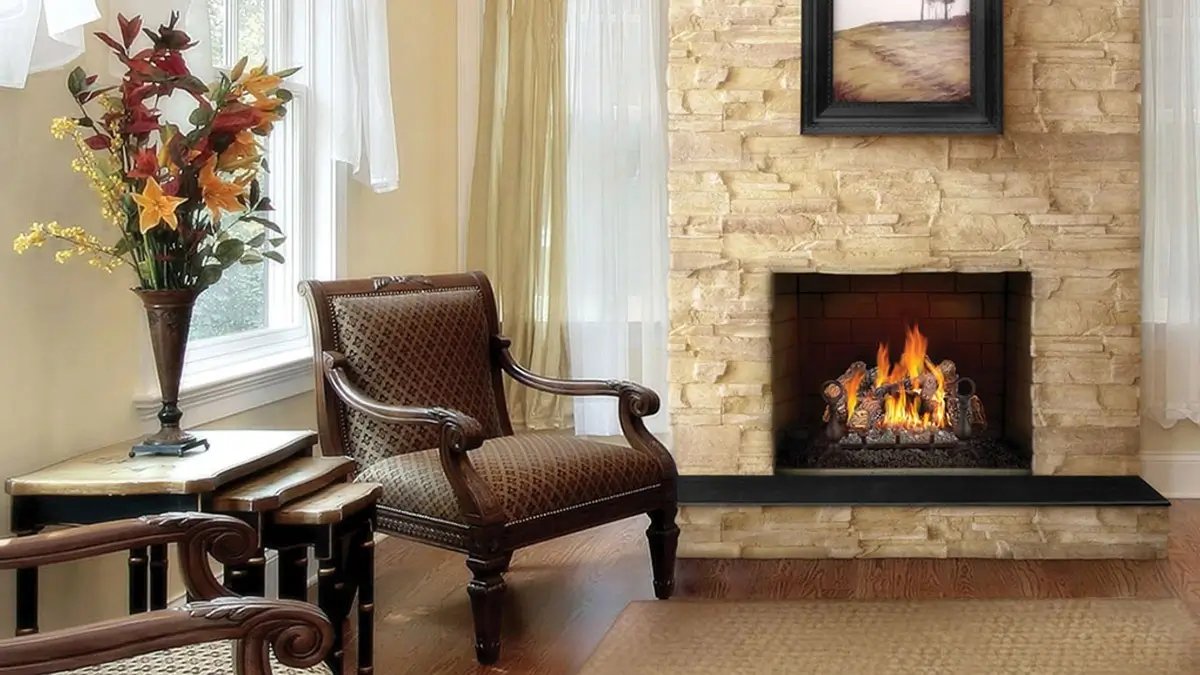

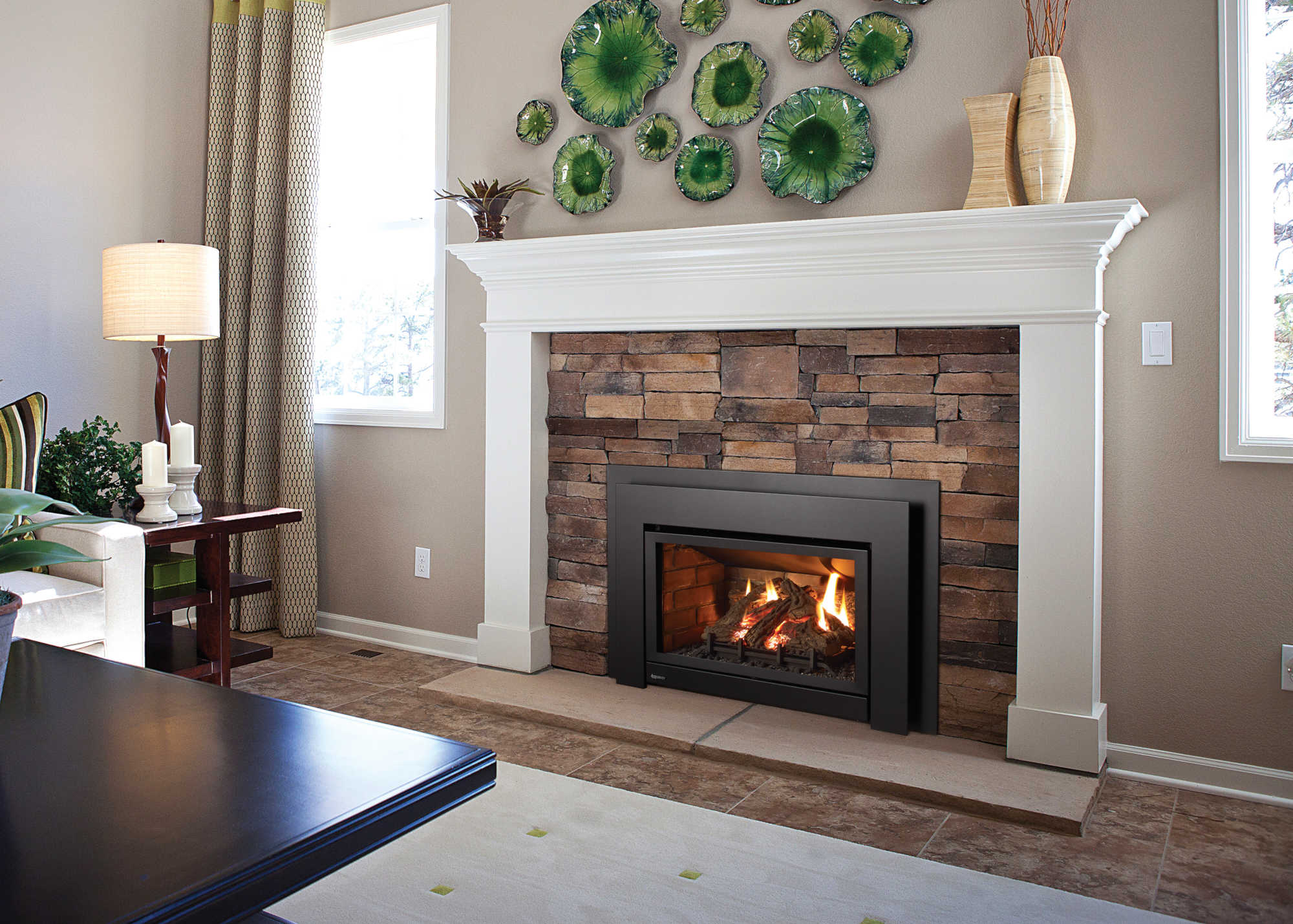
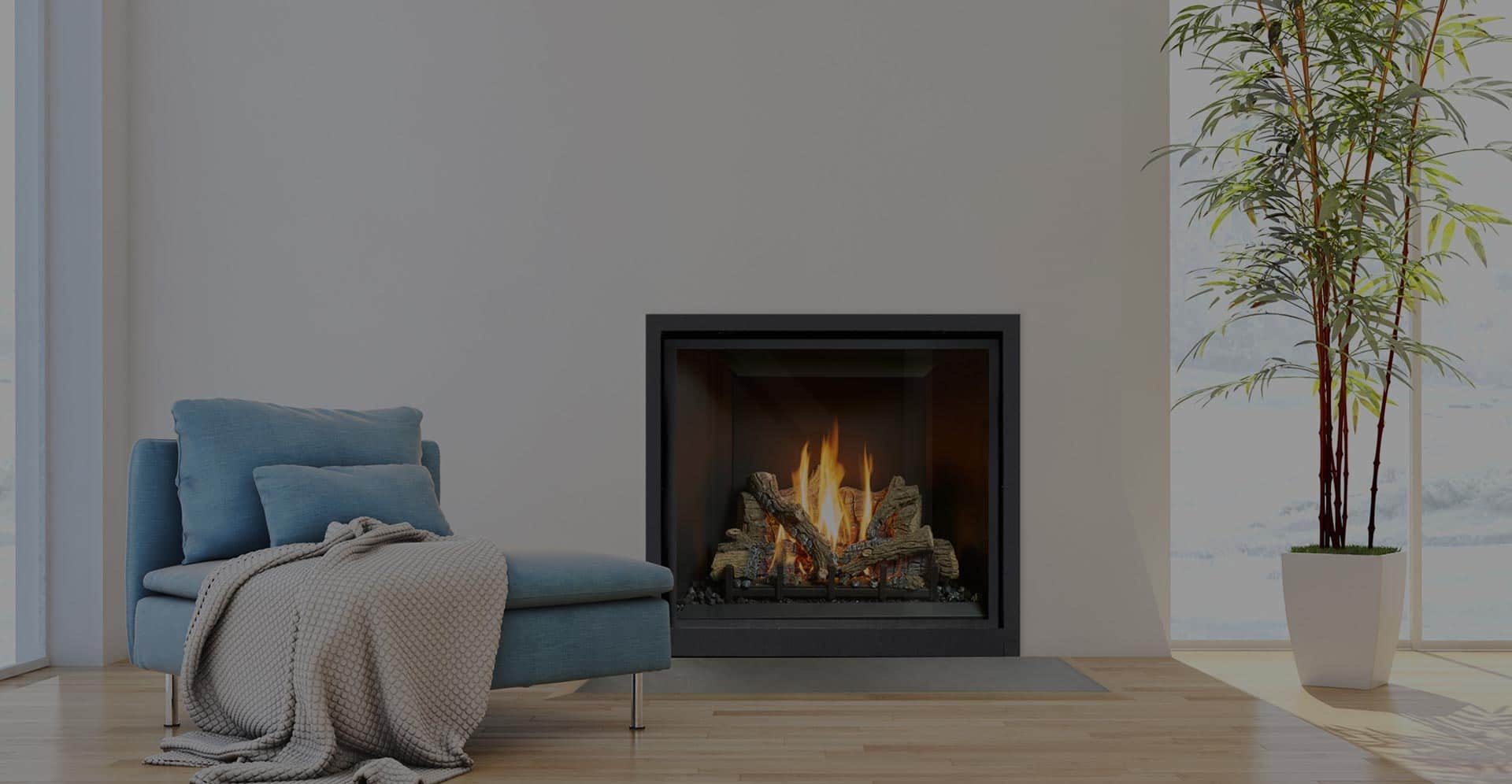
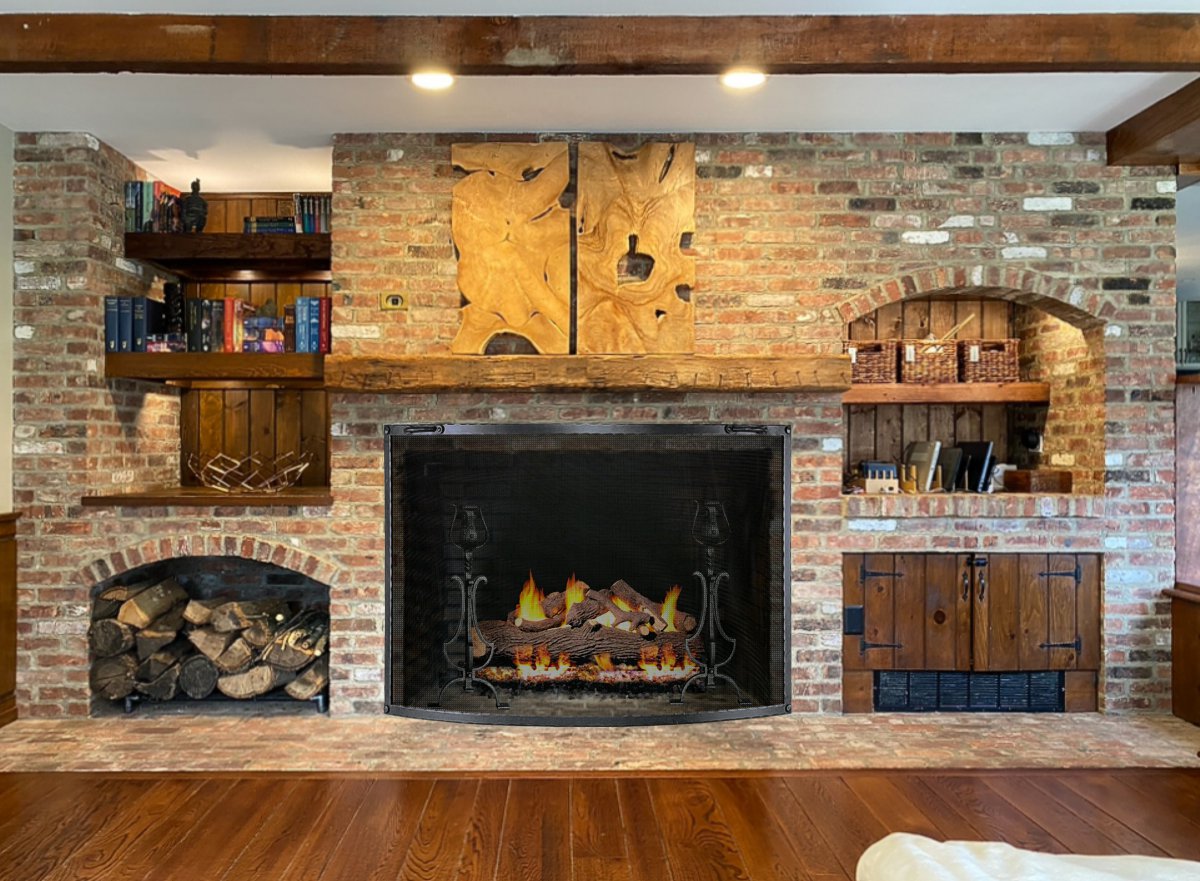

0 thoughts on “How To Build An Outdoor Gas Fireplace”